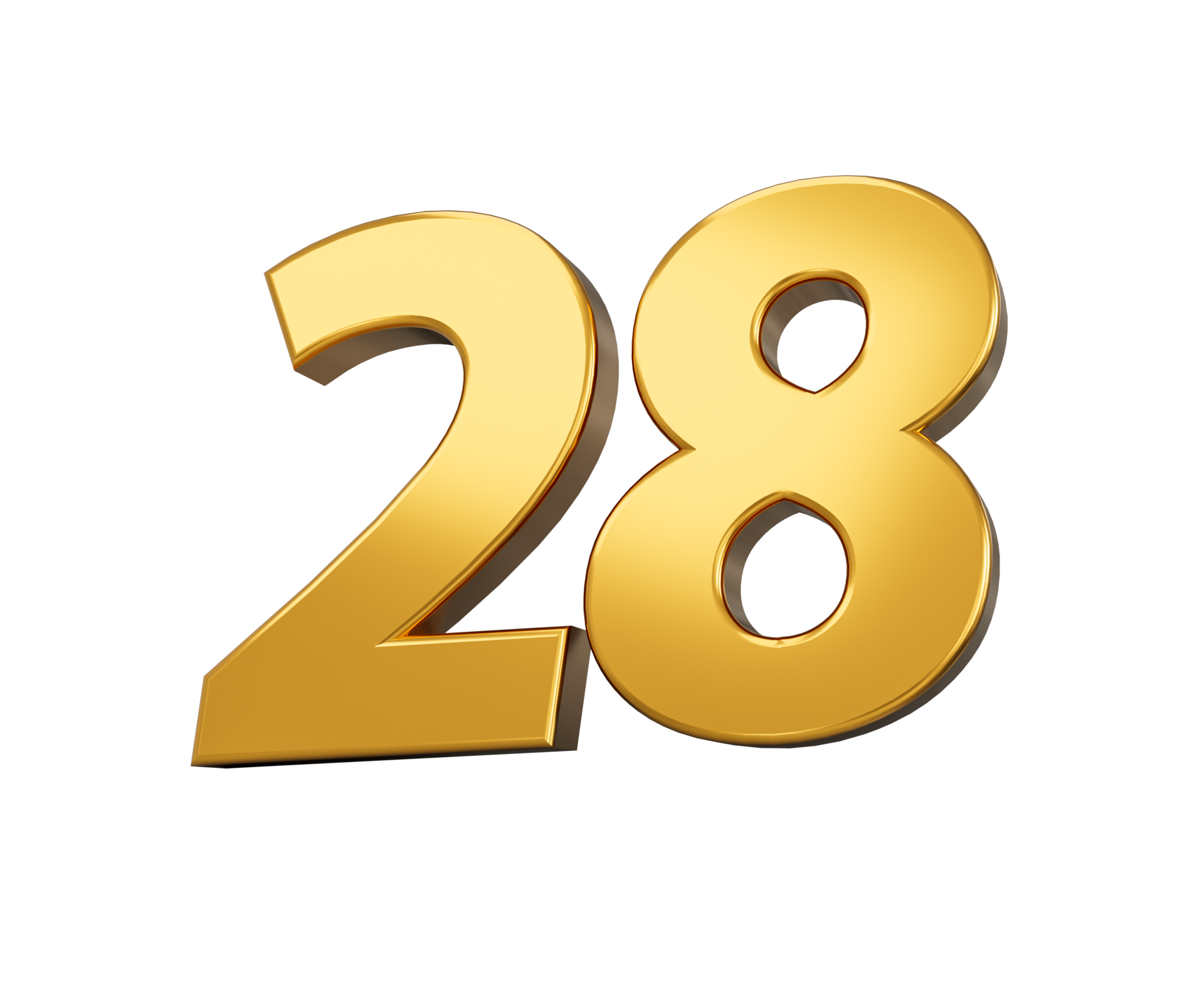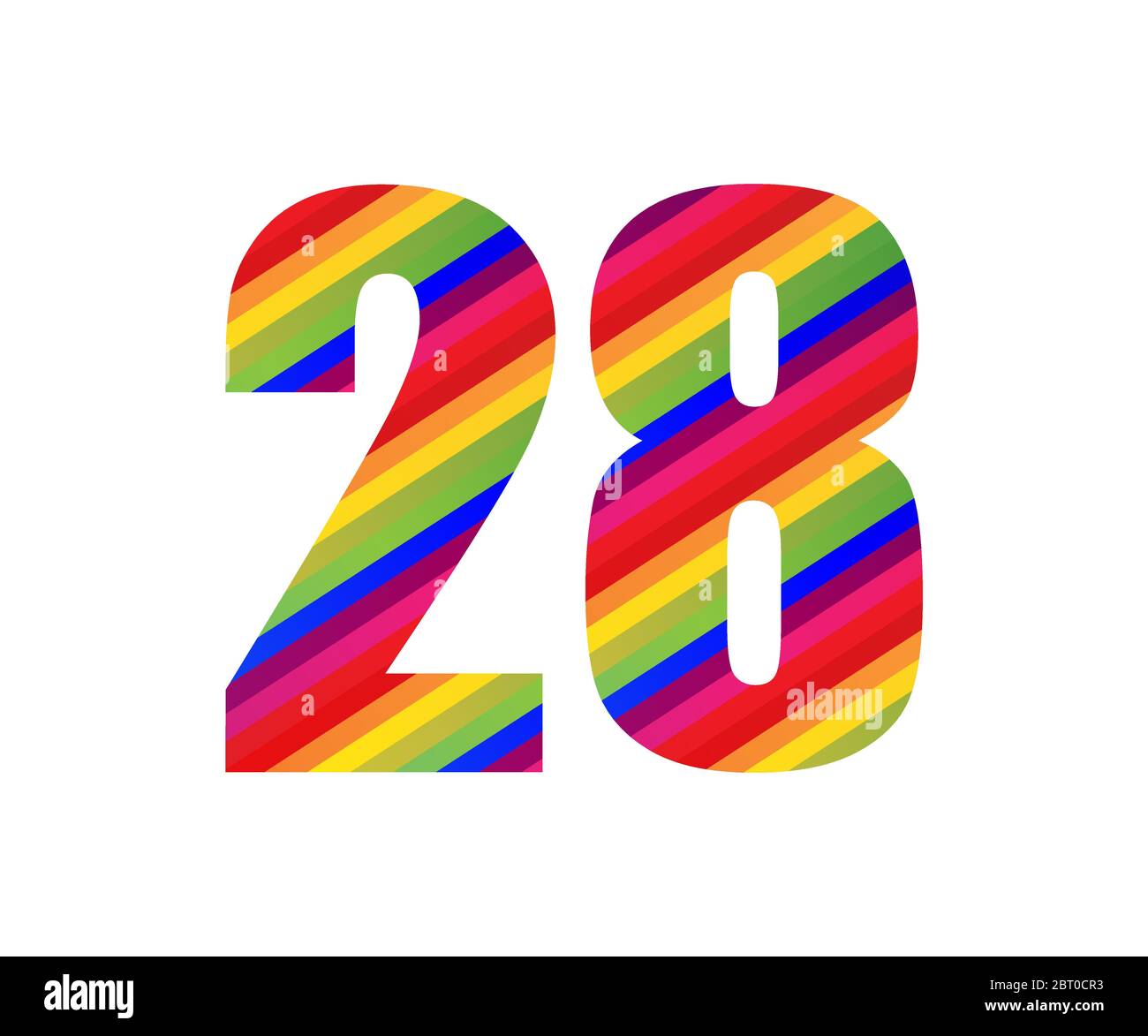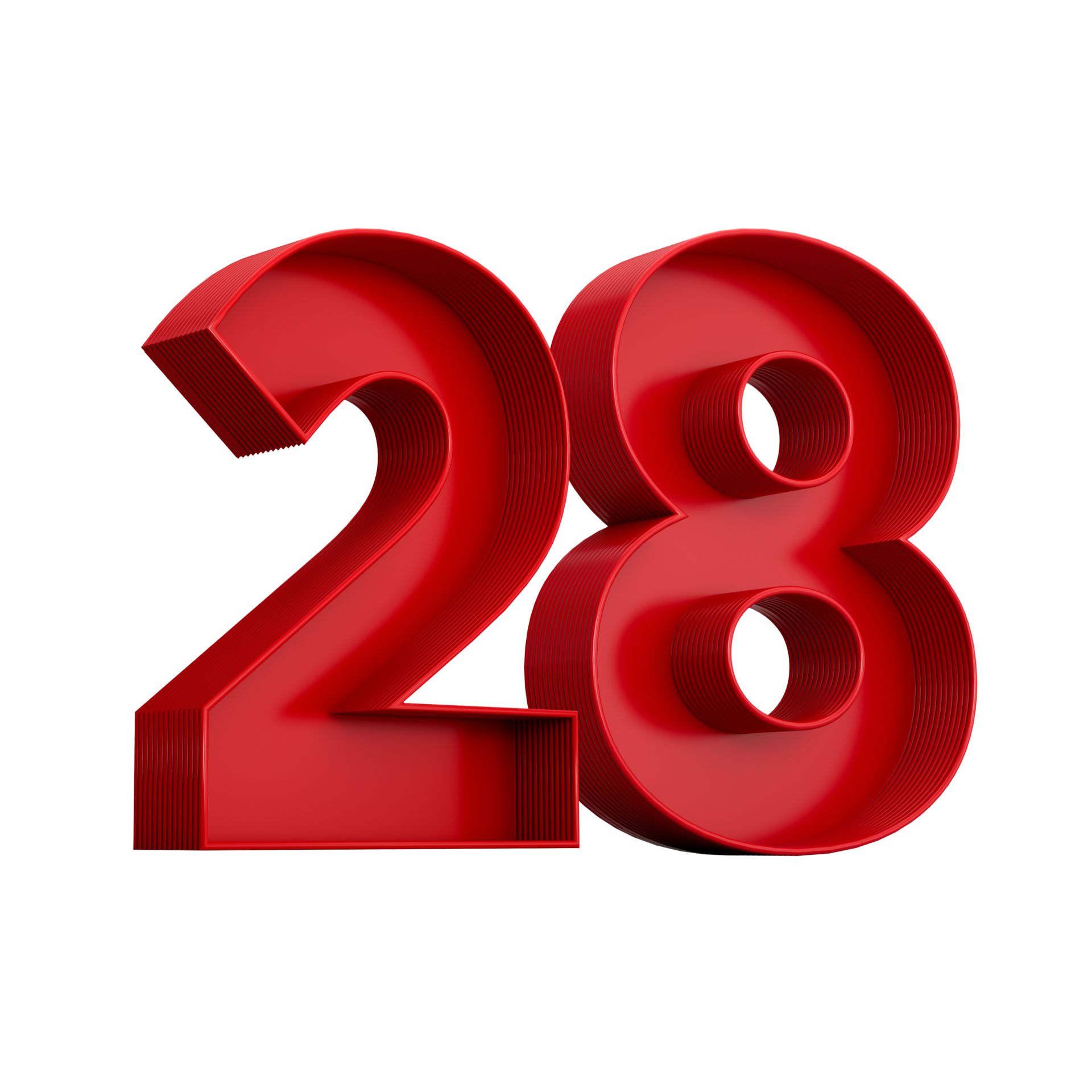Imagine a big Hollywood movie, one with a significant budget and a director known for making thrilling pictures. Now, think about the tools used to capture all that action. You might picture huge, expensive cameras, lots of fancy equipment, and a crew working with all sorts of specialized gear. What if I told you a major film, a horror sequel no less, relied heavily on something you might have right in your pocket? That, in a way, is the surprising story behind "28 Years Later."
This upcoming zombie film, a follow-up to a classic, actually filmed many of its intense moments using something quite familiar: the iPhone 15 Pro. It sounds a bit unbelievable, doesn't it? A movie with a budget reported to be around $75 million, choosing to shoot scenes on a device most people use for snapping vacation photos or making video calls. It truly changes how we might think about what's possible in filmmaking.
The director, Danny Boyle, and his team made a deliberate choice to use these everyday devices. This decision allowed them to do some truly interesting things with how they captured the story. We can look at how they managed to get such a polished look from these phones, and what it means for the future of making movies, so too it's almost a fascinating development.
Table of Contents
- Who is Danny Boyle and His Vision for 28 Years Later?
- What Made the iPhone 15 Pro a Choice for 28 Years Later iPhone?
- How Did They Use So Many 28 Years Later iPhones?
- What Were the Adaptations for the 28 Years Later iPhone?
- Beyond the Basic Camera - The 28 Years Later iPhone Setup
- Why Did a Big Budget Film Use 28 Years Later iPhones?
- How Did They Overcome Challenges with the 28 Years Later iPhone?
- The Impact of 28 Years Later iPhone on Filmmaking
Who is Danny Boyle and His Vision for 28 Years Later?
Danny Boyle is a well-known director, someone who has made a name for himself with films that often push boundaries. He is the person behind the original "28 Days Later," a movie that really redefined how people thought about zombie stories. His work often feels very immediate and raw, which might give us a clue as to why he made this particular choice for his new film. He is, you know, someone who likes to experiment with how stories are told on screen.
For "28 Years Later," he is returning to the world he helped create, bringing back the intense, unsettling atmosphere that made the first film so memorable. It's a big project, with a substantial amount of money behind it, and yet, the choice of equipment seems to go against what you might expect from such a large-scale production. This decision speaks a lot about his creative approach and his willingness to try new things, even when the stakes are quite high. He is, basically, a filmmaker who doesn't shy away from trying different methods.
Here is a quick look at some general details about Danny Boyle's professional journey, which helps put his recent choice into some perspective. This information is, in a way, just to give a little background on the person leading this interesting film project.
- How Many John Wick Movies Are There
- Lucia Field
- Yellowstone Season 5 Part 1
- Anna Paquin Acting
- Lisa Hartman
| Born | October 20, 1956 |
| Nationality | British |
| Occupation | Film Director, Producer, Screenwriter |
| Notable Works | Trainspotting, Slumdog Millionaire, 28 Days Later |
| Awards | Academy Award for Best Director (Slumdog Millionaire) |
What Made the iPhone 15 Pro a Choice for 28 Years Later iPhone?
So, what exactly about the iPhone 15 Pro made it a suitable tool for a film like "28 Years Later"? It turns out these phones have some pretty impressive capabilities that go beyond what a typical phone camera can do. The devices can record video in something called Apple ProRes, which is a type of video format that keeps a lot more visual information than standard video. This means the filmmakers have much more flexibility when they are working on the footage later, during the editing process, which is actually quite important for professional productions.
Furthermore, the iPhone 15 Pro can shoot in a "log color profile." This sounds technical, but it simply means the video looks a bit flat and dull when it's first recorded. This "flat" look is actually a good thing for filmmakers because it gives them a lot of room to adjust the colors and brightness later on, making the final image look exactly how they want it. It's like getting a raw ingredient that you can then season and cook perfectly, rather than something pre-made. This feature, you know, gives them a lot of creative control.
The ability to record at 4K resolution is also a big deal. This means the video has a lot of detail, making it look sharp and clear on a big screen. For a film that needs to convey a sense of gritty realism and intense action, having that level of detail is very helpful. These features combined make the iPhone 15 Pro, quite surprisingly, a pretty capable device for capturing high-quality moving pictures, even for a movie with a big budget like "28 Years Later."
How Did They Use So Many 28 Years Later iPhones?
One of the most interesting ways the "28 Years Later" team used these phones was by putting a lot of them together. According to reports, they built a special setup that could hold as many as 20 iPhone Pro Max cameras all at once. This sounds like a lot of phones, and it truly is. The purpose of this kind of setup was to capture the action from many different angles at the very same moment, which is a technique that creates a specific visual effect.
They used this rig to create what they called "basically a poor man’s bullet time." If you have seen films where the camera seems to move around a frozen or slow-motion scene, that's "bullet time." By having so many cameras capturing the action from various viewpoints simultaneously, they could achieve a similar effect without needing the extremely specialized and costly equipment usually associated with that kind of shot. This approach allowed them to get those brutal action scenes with a lot of visual impact, offering a variety of perspectives on the fast-paced moments, which is pretty clever, honestly.
This method shows a real sense of ingenuity. Instead of just buying the most expensive gear, they found a way to use more accessible technology in a very creative and effective manner. It allowed them to get dynamic shots that would otherwise be much harder or more expensive to achieve, giving the film a distinct visual style. It's almost like they found a new way to paint with existing colors, so to speak.
What Were the Adaptations for the 28 Years Later iPhone?
Even though the iPhone 15 Pro is capable, it's not like the filmmakers just took the phones out of their boxes and started shooting. They paired these iPhones with many attachments and adapters. This is where the big budget comes into play; it allowed them to invest in the necessary accessories to make the phones perform like professional cinema cameras. These additions included specialized lenses that attach to the phone, which help control the light and focus in ways a phone camera usually cannot on its own, you know.
They also used custom rigs, which are essentially frames or mounts designed to hold the phones steady and allow for the attachment of other professional filmmaking tools. These rigs could hold anywhere from 8 to 20 iPhones at a time, as mentioned earlier. This kind of setup allows for much more stable footage and gives the camera operators the kind of control they would expect with traditional film cameras. It's a bit like taking a very capable small car and adding racing tires and a custom suspension to make it perform on a track.
The investment in these accessories and custom setups is a key part of the story. It shows that while the core camera was an iPhone, the overall system was a professional one. They were not just relying on the phone's built-in capabilities but enhancing them significantly to meet the demands of a Hollywood production. This combination of consumer technology with professional-grade add-ons is what truly made the "28 Years Later" iPhone approach work, actually.
Beyond the Basic Camera - The 28 Years Later iPhone Setup
The collaboration between director Danny Boyle and cinematographer Anthony Dod Mantle was key to making this work. Mantle, known for his innovative visual style, helped design and build these custom camera rigs. They weren't just off-the-shelf items; they were specifically put together to meet the unique needs of this film and its creative vision. This partnership highlights that even with cutting-edge consumer tech, the human element of vision and problem-solving remains essential, which is pretty clear.
The rigs were designed to be versatile, allowing the team to capture different types of shots, from wide, sweeping views to close-up, intense moments. The ability to mount multiple iPhones meant they could capture a scene from many angles at once, giving them a lot of material to work with in the editing room. This approach also allowed for a certain kind of spontaneity, as the smaller size of the phones and their custom setups might have allowed them to get into spaces or positions that larger, traditional cameras could not. It's almost like having many eyes on the action, all at once.
This setup also meant rethinking some traditional filmmaking practices. For example, how do you manage the footage from 20 phones at once? How do you ensure they are all synced up? These were challenges the production team had to figure out, and their solutions are part of what makes this story so interesting. It shows that innovation often comes from figuring out new ways to use existing tools, even if those tools seem unconventional for the job at hand. They were, in some respects, paving a new path.
Why Did a Big Budget Film Use 28 Years Later iPhones?
The decision to use iPhones for a $75 million film might seem strange at first glance. However, there are several reasons why a director like Danny Boyle might choose this path. One reason could be the unique visual aesthetic that the iPhone can provide. While professional cameras produce a very polished look, the iPhone can sometimes offer a more immediate, raw, or even slightly "documentary" feel, which might have been exactly what Boyle wanted for his horror film. This kind of look can make the audience feel more immersed in the story, as if they are right there in the action, which is often a goal in this type of movie.
Another factor could be the creative freedom and flexibility that comes with smaller, more portable cameras. Traditional film cameras are large and heavy, requiring significant setup time and specialized crews. iPhones, even with rigs, are much lighter and easier to move around. This could allow for more dynamic shots, quicker setups, and the ability to capture unexpected moments. It offers a kind of agility that larger setups simply cannot match, giving the filmmakers more options during shooting, basically.
Furthermore, the use of a device that automatically focuses, as the iPhone camera often does, might have been a creative choice rather than a limitation. While professional cinematographers usually prefer manual control, the iPhone's automatic focus could lend a certain unpredictable, almost "found footage" quality that could be effective for a horror film. It's a choice that goes against the usual Hollywood grain, but one that could serve a specific artistic purpose for "28 Years Later," in a way.
How Did They Overcome Challenges with the 28 Years Later iPhone?
Using iPhones for a major film certainly comes with its own set of challenges. One might wonder about battery life, storage, or how to manage the footage from so many devices. The production team had to find solutions for these practical issues. For instance, ensuring consistent power for 20 phones shooting continuously would require external battery packs and careful planning. They likely had systems in place to quickly swap out phones or power them directly, which is something you typically don't worry about with traditional film cameras.
Another challenge would be data management. Recording high-quality 4K ProRes video from multiple phones generates a huge amount of data. The team would need robust systems for offloading, backing up, and organizing all that footage quickly and reliably. This would involve specialized mobile data transfer setups and a dedicated team to handle the digital workflow. It's a different kind of problem than managing film reels, but a significant one nonetheless, you know.
The integration of professional lenses and other accessories also presents challenges. Ensuring that these attachments work seamlessly with the iPhone's internal camera system requires careful calibration and testing. The team likely spent considerable time perfecting these setups to ensure consistent image quality across all devices and throughout the shoot. Overcoming these hurdles shows a commitment to the vision, proving that with enough ingenuity and resources, even unconventional tools can be made to perform at a very high level, which is quite interesting.
The Impact of 28 Years Later iPhone on Filmmaking
The use of the iPhone in "28 Years Later" is not an isolated event. Other directors, like Sean Baker and Steven Soderbergh, have also experimented with shooting films on iPhones before. However, the scale of "28 Years Later," with its significant budget and the use of up to 20 iPhones at once, really pushes the boundaries of what has been done. This project could potentially inspire more filmmakers to consider consumer devices as viable tools for professional productions, which is a big deal.
This development could lead to a broader conversation about accessibility in filmmaking. If high-quality films can be made with more affordable and readily available equipment, it might open doors for more people to tell their stories. It could democratize the filmmaking process, allowing creators who don't have access to traditional, expensive gear to still produce visually compelling work. This is, in some respects, a very positive step for creative people everywhere.
Ultimately, the fact that a major Hollywood horror sequel like "28 Years Later" was shot using the iPhone 15 Pro Max sends a clear message. It suggests that the quality of the story and the vision of the filmmakers are more important than the perceived "professionalism" of the equipment. It is a testament to how far mobile technology has come, and it points to a future where the lines between consumer electronics and professional tools continue to blur, making filmmaking, you know, a bit more flexible and open to new ideas.
- Erin Brockovich Real
- May 15 Zodiac
- Cooper Alan Feel Like Hell Today
- Pisces Personality
- The Fall Guy Showtimes


